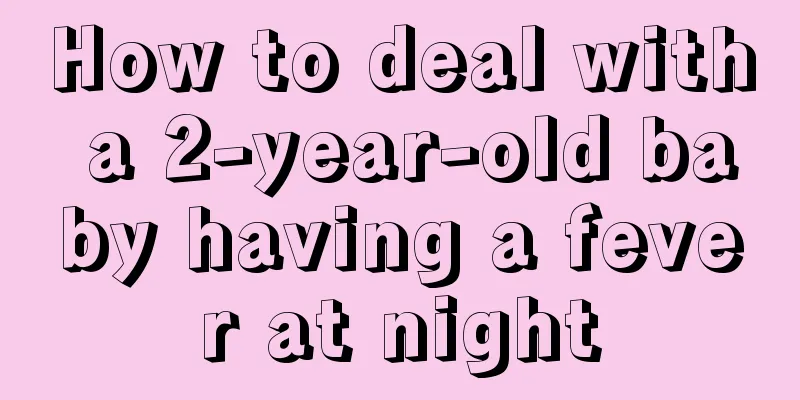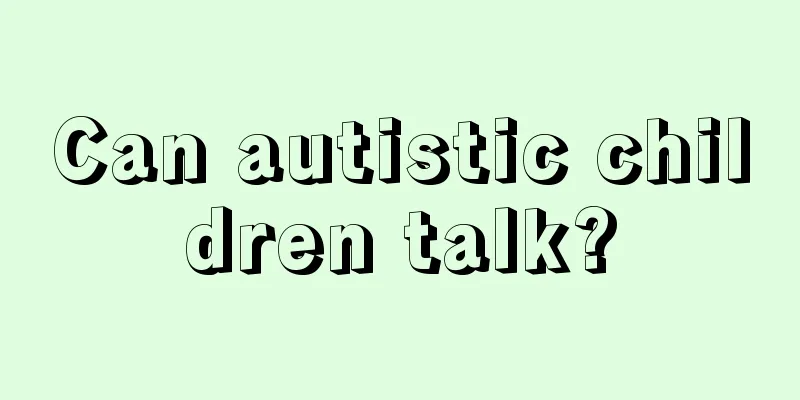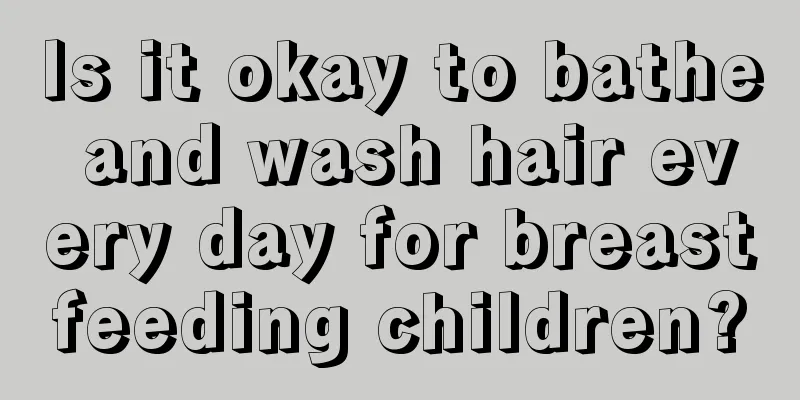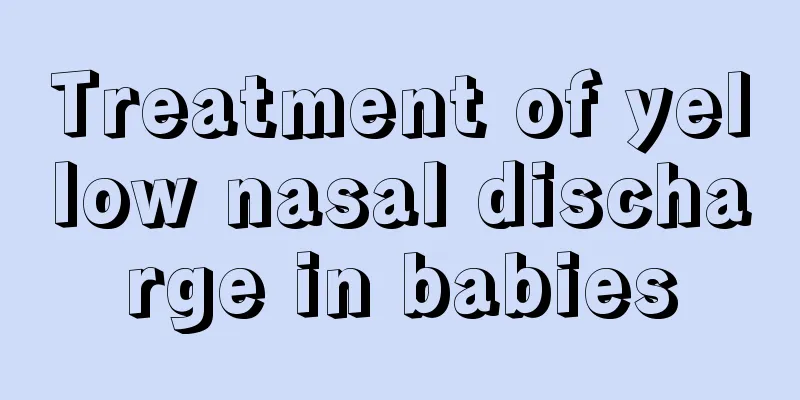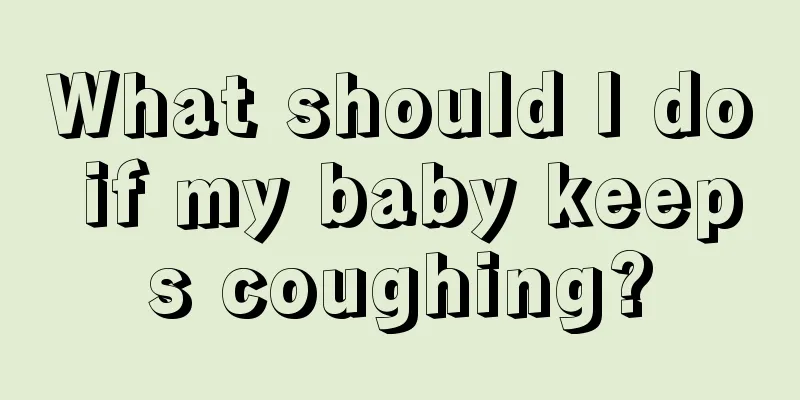What is the normal body temperature for a 6 year old child?
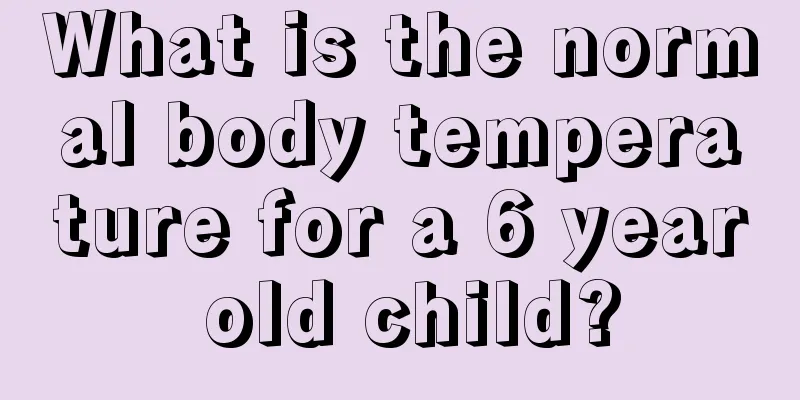
|
Children having a fever is a very common phenomenon and is also something that parents are very worried about. Because children's bodies are just beginning to develop, if the fever is severe and cannot be reduced, it will affect the normal development of the child's body and even have a great impact on the child's brain. The normal body temperature of children of different ages is different. So, what is the normal body temperature for a 6-year-old child? There are three common places to measure body temperature, namely the mouth, armpits and anus: The normal body temperature of children at the rectum is between 36.5℃ and 37.5℃; Children's oral temperature is between 36.2℃ and 37.3℃; For children, the temperature in the armpit is between 35.9℃ and 37.2℃. After measurement, children's temperature is considered to have a fever when it exceeds the normal range by more than 0.5℃. A temperature not exceeding 38°C is called low fever, and a temperature exceeding 39°C is called high fever. Generally, if a child's fever is below 38.5℃, parents should adopt physical cooling methods, such as drinking more water, using fever-reducing patches, etc., and do not abuse drugs. When a child's fever is above 38.5℃, it is best to give the child medication under the guidance of a doctor. 1. When the body temperature is below 38.5℃, physical cooling is the preferred intervention. Fever is the most common symptom of infectious diseases in children. The treatment of fever can be roughly divided into "physical treatment" and "drug treatment". Generally speaking, when a child's body temperature is below 38°C, there is no need to use drug treatment, but choose the correct physical cooling method. For example, applying a fever-reducing patch, drinking plenty of water, and taking a warm bath can all help lower body temperature. 2. Infants and young children with a body temperature above 38.5°C need drug treatment. If you find that your child's body temperature has exceeded 38.5℃, parents should closely observe the child's condition so as to respond in time. For infants and young children, when their body temperature exceeds 38.5℃, they need to be given medication. 3. If the body temperature is above 39°C, medication should be taken under the guidance of a doctor. When a child's body temperature exceeds 39°C and is considered a high fever, Western medicine treatment is usually chosen. Currently, ibuprofen and paracetamol are commonly used antipyretics in clinical practice. These two types of drugs are relatively safe. But one thing that must be made clear is that parents should use the medication under the guidance of a doctor, especially pay attention to the dosage, and send the baby to the hospital for treatment in time. |
<<: What should I do if a girl has eczema?
Recommend
Basic symptoms of yellow tongue in newborns
In fact, some of the organs of newborns are not y...
What to do if your child keeps yawning?
Children usually have some of the same reactions ...
Three month old baby has dry skin
The skin of newborn babies is very delicate and l...
The disadvantages of children learning badminton
Badminton is a popular sport in recent years, esp...
What should I do if my baby cries while taking a bath?
Every mother knows that sometimes children are pa...
Tips to get rid of diapers at night
The baby's skin is very delicate and can be e...
How to treat spots on children's faces
Due to the differences in dietary structure betwe...
How to supplement calcium deficiency in children? There are many methods we have overlooked!
Nowadays, many parents buy some expensive health ...
Causes of night cough in children
Children have relatively poor immunity, so many c...
The pros and cons of running for children
Many people like running very much because it has...
What is the best medicine for night sweats in children?
In modern life, parents are generally very concer...
Causes of swollen lymph nodes in children
Many people have a deep understanding of the dise...
Why do children have red eyes?
It is said that eyes are the windows to the soul,...
When is the best time for babies to drink juice?
Fruit juice not only tastes delicious, but also h...
What should I do if my child hits his forehead?
Children are very naughty. It is inevitable that ...
